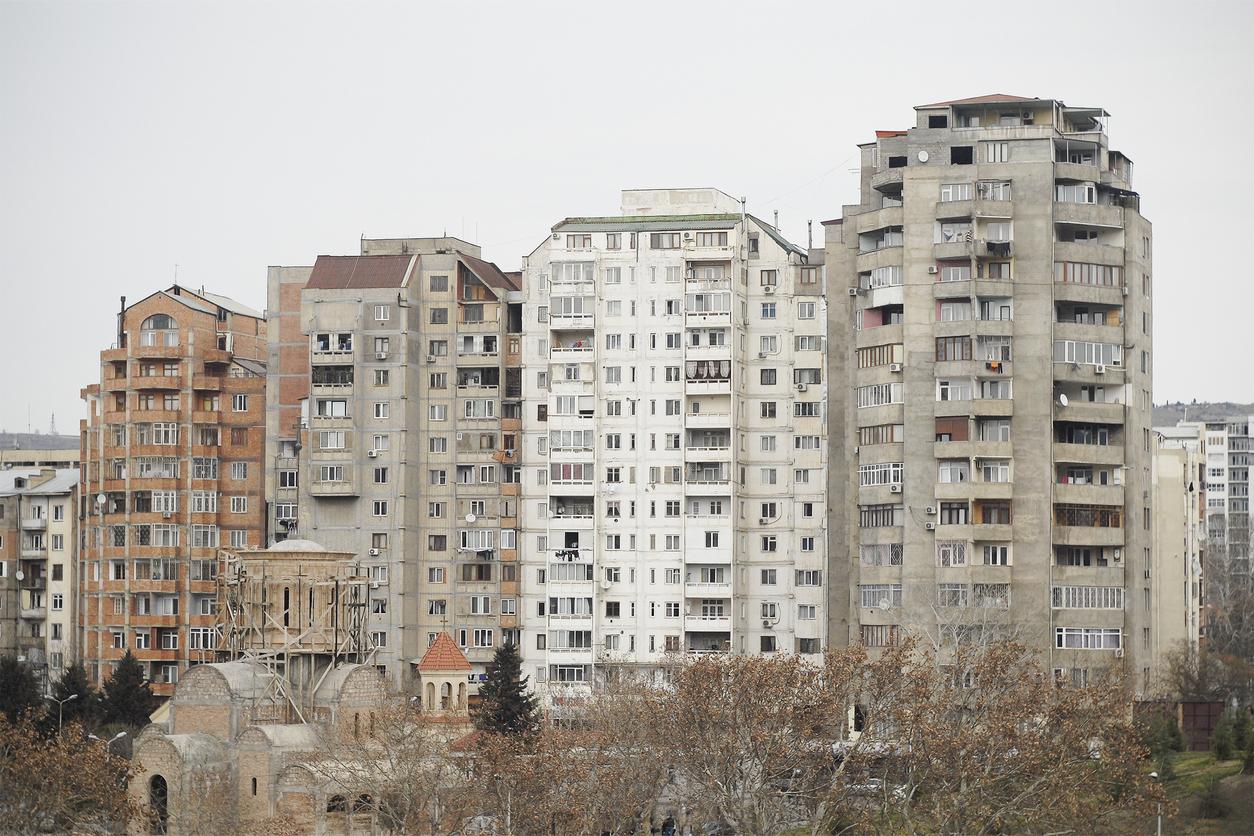What is the impact of cancers on public health in France? This is the question posed by researchers from the National Cancer Institute, the network of Francim cancer registries, the biostatistics department of the Hospices Civils de Lyon and Public Health France. In one report recently published by Santé Publique France, they explain the survival rate of people with cancer as a function of time since diagnosis. And this in the long term.
The study is based on metropolitan cancer registries between 1989 and 2013. More specifically, 15 types of solid tumors in women, and 17 types of solid tumors in men. For both sexes, these are the most frequently recorded tumours. Each time, the question that arose was: “What is the risk of dying from cancer, depending on the time that passes and the type of cancer?” Either to wonder about the impact of cancer on the chances of long-term survival.
Different high-risk times for different cancers
It revealed that most cancers have a very high risk of death in the critical period, often at the start of the disease, before decreasing. But the risks of death and the chances of survival are not distributed in the same way for all types of cancer.
Certain cancers, on the contrary, see a risk of death which increases in the first, even the second year following the diagnosis. These are cancers of the ENT type, melanomas, cancer of the cervix, cancer of the ovaries and breast or even cancer that affects the central nervous system.
Women have better survival prospects
Still others have a high risk of death (more than 10%) during the fifth year following diagnosis. This is the case in half of cancers in men: cancer of the oral cavity, pancreas or more lung. Whereas in women, especially when they are young, the prospects for survival are better. Of the 17 cancers studied, only five cancers have a risk of death greater than 10% in the fifth year.
Read also:
Cancer: life 5 years after diagnosis
Cancer: one in five patients suffer from post-traumatic stress
















